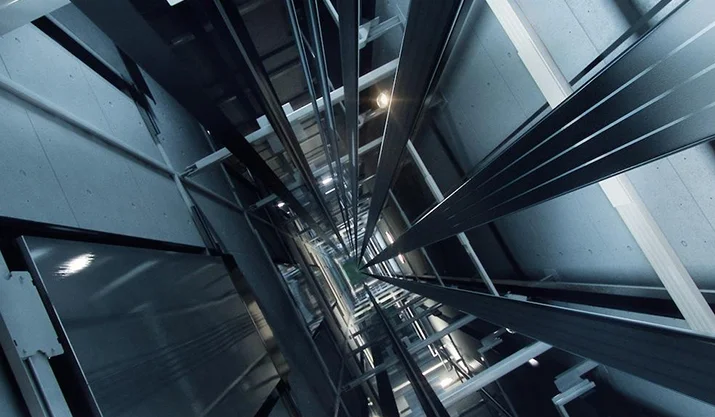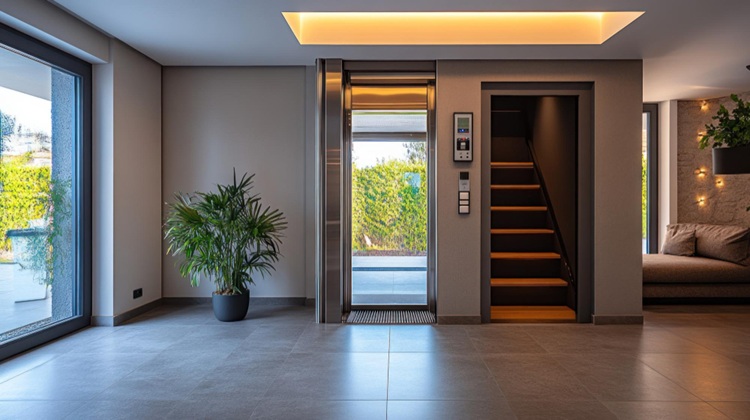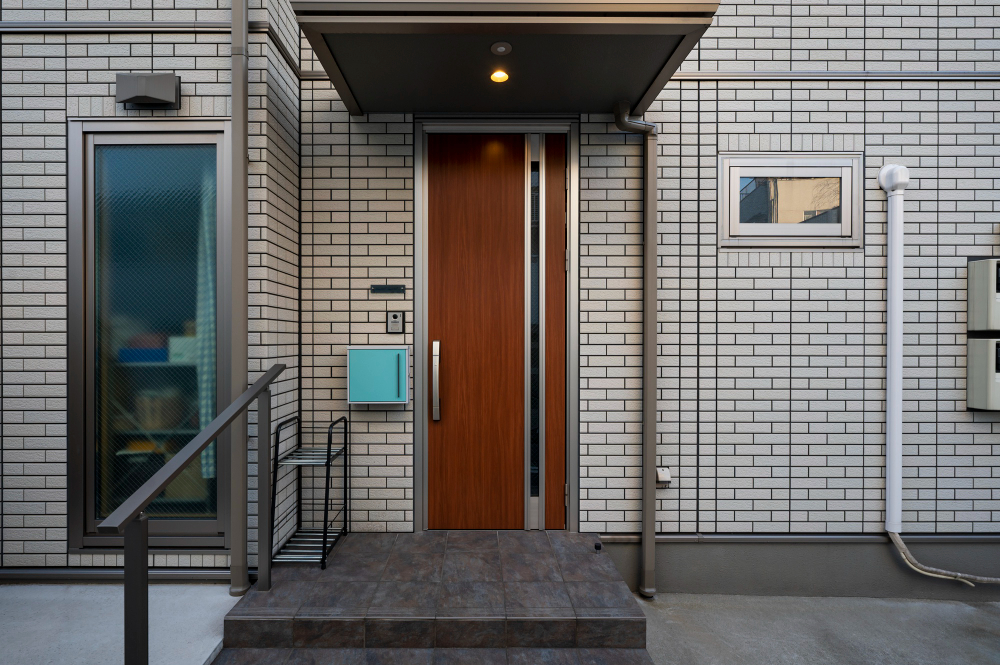Features And Working of High-Rise Elevators
Post Date : Jun 09, 2023
What Are High Rise Elevators?
We all have seen different kinds of elevators in the building. Each Elevator is designed for a particular function and used accordingly. High-rise elevators are specifically designed for tall buildings with more than 16 floors or skyscrapers. High Rise Elevators are a crucial part of tall buildings with many floors, as they allow for efficient transportation of people and goods.
Modern high-rise elevators are equipped with advanced technology, including aerodynamic shapes that reduce air resistance, noise, and vibrations. High-rise elevators can also be designed to reduce passengers' anxiety while increasing convenience and efficiency. High-rise building owners should choose elevator products with excellent quality and stronger carrying capacity to optimize traffic flow and improve transportation efficiency.
How High-Rise Elevators Work
High-rise elevators work on the same principles as standard elevators but are specifically designed to accommodate the vertical transportation needs of tall buildings. The main difference between high-rise elevators and standard elevator lies in the scale and technology used to ensure efficient and safe transportation over greater distances and with more passengers. Here's a general overview of how a high-rise elevator works:
- Motor and Pulley System: High-rise elevators use powerful electric motors located at the top of the elevator shaft to generate the necessary force for vertical movement. These motors drive a system of pulleys and counterweights to control the elevator car's ascent and descent.
- Elevator Car and Counterweights: The elevator car is a sturdy, enclosed compartment designed to transport passengers and cargo. It is attached to steel cables or ropes that pass over the pulleys at the top of the shaft. Counterweights, typically located on the opposite side of the car, balance the weight to reduce the load on the motor.
- Safety Mechanisms: High-rise elevators incorporate various safety mechanisms to ensure passenger safety. These include overspeed governors that detect if the elevator car is descending or ascending too rapidly and trigger the emergency brakes to prevent accidents. Safety brakes engage in case of cable or motor failure, preventing the elevator from free-falling.
- Control System: High-rise elevator's control system receives signals from buttons inside the elevator car and on different floors. When a passenger selects a floor, the control system determines the most efficient route for the elevator to take based on factors like the current floor, desired floor, and passenger demand. It then commands the motor to move the elevator car accordingly.
- Destination Control System (Optional): In some high-rise buildings, advanced destination control systems are employed. Passengers input their desired floor on a centralized panel before boarding, and the system assigns them to specific elevators that will take them to their destinations most efficiently. This reduces waiting times and optimizes elevator usage.
- Multiple Shafts and Banks: Elevators for high-rise buildings often feature multiple elevator shafts grouped into banks to accommodate the high volume of traffic. These banks consist of several elevators running parallel to one another, allowing for simultaneous transportation to various floors.
- Speed and Efficiency: High-rise elevators are designed to travel at higher speeds than conventional elevators. Their motors and pulley systems are optimized for faster acceleration and deceleration. This ensures efficient transportation and reduces waiting times for passengers, even in tall buildings.
Design & Dimensions Of High-rise Elevators
The design of high-rise elevators involves careful consideration of various factors, including building height, passenger capacity, speed, requirements, and safety regulations.
When talking about the dimensions of high-rise elevators they are made in a way to handle heavy traffic and can increase the capacity of a building by optimizing traffic flow. The dimensions of high-rise elevators can vary depending on factors such as building design, intended capacity, and specific requirements. However, here are some general things on which the dimensions of high-rise elevators depend:
- Elevator Car Dimensions: 1.2m x1.5m x2.1m
- Elevator Shaft Dimensions
- Door Dimensions: 0.9m x 2.1m
Price Of High-rise Elevators
The price of high-rise elevators in India can vary significantly based on several factors, including the specific requirements of the building, the elevator's capacity, speed, technology, and customization options. It's important to note that prices can fluctuate over time due to market conditions, inflation, and other factors. To get an accurate and up-to-date cost estimate for high-rise elevators in India, it is recommended to consult directly with reputable elevator manufacturers or suppliers. They can assess your project's specific needs, provide detailed quotations, and offer information on any additional costs, such as installation, maintenance, and warranty.
Conclusion
High-rise elevators have transformed the way we navigate vertical spaces, enabling the construction of towering structures that define modern city skylines. With their efficient transportation capabilities, safety features, and continuous technological advancements, high-rise elevators have become indispensable in urban living. As we strive for more sustainable, accessible, and interconnected cities, the evolution of high-rise elevators will remain a crucial aspect of architectural and urban design, shaping the future of vertical transportation for generations to come. Polo Elevators hold an expertise in manufacturing high rise elevators. Their elevators enable the smooth movement of people and goods within these towering structures.






